The Spion Kop has been Anfield’s focal point since 1906, and next week a free event will mark the history and heritage of the supporters who have graced the world-famous stand.
Next Friday, 26 November, supporters, artists, writers and activists will gather at the Shankly Hotel in Liverpool to celebrate 115 years of Kop history with a panel discussion and Q&A. There will also be an opportunity to meet artists and authors and get your hand on signed merchandise.
The panel includes Ian Byrne MP, also of Fans Supporting Foodbanks, Joe Blott, Chair of Spirit of Shankly, Paul Amann of LFC-LGBT, Open Eye Gallery’s Emma Case, writer and producer, Nicky Allt, Historian and author Kieran Smith, George Scott, one of Bill Shankly‘s first signings and This Anfield’s own Jeff Goulding.
They will be discussing the evolution of Kopites from supporters to activists, becoming some of the most politically conscious football supporters in the world in the process.
Liverpool’s world-famous Spion Kop has a proud history stretching back to 1906, when the Anfield board decided to construct a giant new stand along Walton Breck Road, as a ‘reward’ to the club’s loyal supporters, who had cheered the team on to two league titles.
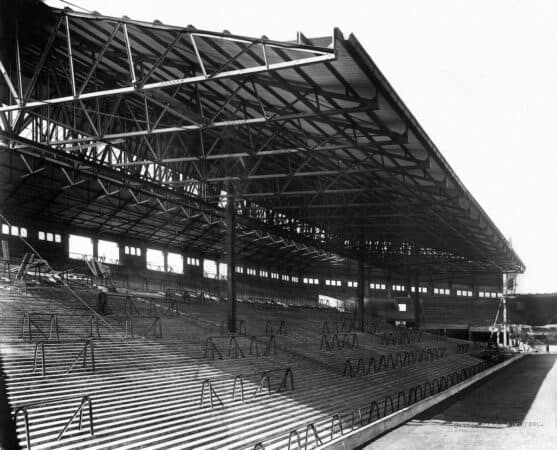
It was immediately packed out with some of the most vociferous supporters in the land, known for their sportsmanship, wit and passion.
Early 20th century journalists would frequently remark that the men and women who gathered at that end of the Anfield stadium had a habit of singing louder when their team was behind than they did in victory. Successive generations of Liverpool players have grown taller in front of this famous stand, while opponents have wilted, surrendered leads and left with their tales between their legs.
Some feel that the Kop reached its zenith in the 1960s, when music, art and a passion for football fused on the steps of that giant stand and produced some of the most iconic scenes witnessed in the history of the game.
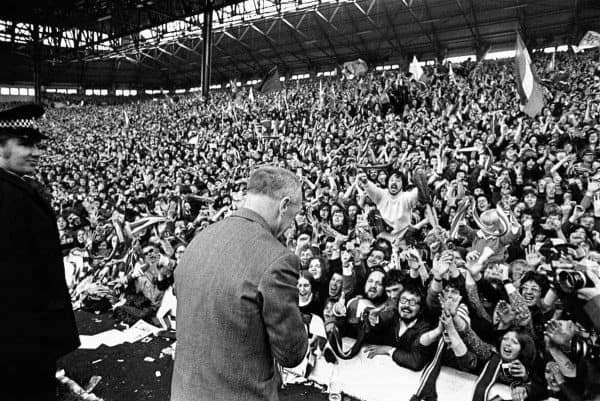
Shankly’s socialism meant that Kopites were now the equals of the players and the manager, a “holy trinity.” Yet the Kop of the sixties was an irreverent and anarchic place, its songs were cheeky and had little time for class hierarchy, replacing Queen with Team when singing the national anthem at Wembley.
Shankly would say “Kopites are arrogant, but in a good way. They’re proud. We are the people, they say.” He loved it and sensed a deep bond with people who were as at home singing songs from the hit parade as they were serenading the players.
Throughout the seventies, their reputation grew, fuelled by momentous nights under the floodlights as Paisley’s Reds became a bastion of invincibility and conquered Europe. The sheer ferocity of their support coupled with their uncommon sportsmanship won over armies of admirers on the continent. Today many overseas Reds can trace their support for Liverpool to their parent’s wonderment at Anfield’s fearsome support.
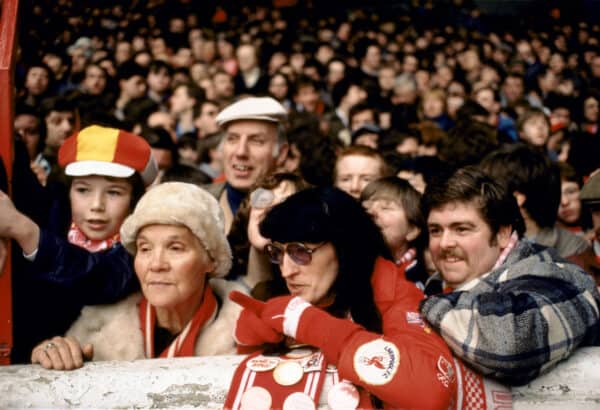
However, the eighties marked a turning point in the history of the Kop. The Thatcher government’s policy of leaving the city of Liverpool to “managed decline” and the aftermath of the Hillsborough stadium disaster contributed to the hardening of attitudes on Merseyside, and of course, all of this was reflected on the terraces of both of the city’s football teams.
Today we see a Kop, every bit as comfortable with itself as it ever was, but with a keen political conscience. It’s inhabitants sing “Fuck the Tories,” while organising foodbank collections, transporting aid across the country on away days, fight racism and homophibia, and are now on the brink of unprecedented influence at the club, with a supporters union set to be involved with decision making at Board level.
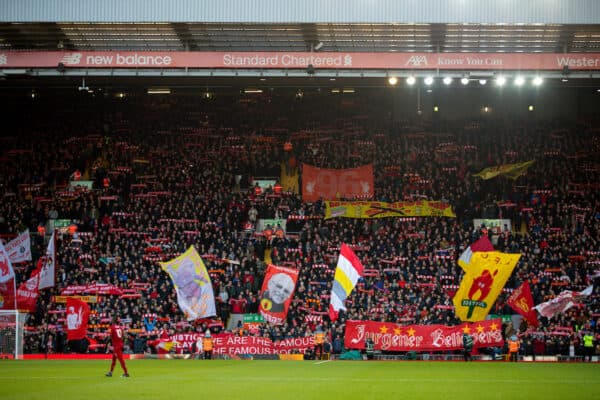
How has all this happened, and why at Liverpool and nowhere else?
In what promises to be a fascinating discussion, the panel will delve into all of these issues and supporters are invited to join in. One of the organisers of the event, Jeff Goulding said:
“This promises to be a great night. We’ll look at the evolution of Kopites from supporters to activists. It’s appropriate that we hold the event at the Shankly Hotel, we feel sure the great man would have approved. He’d probably be there too if he were still with us.”
The evening is also a chance to meet the authors of several Liverpool FC books, including The Untouchables by Jeff Goulding and Kieran Smith. Liddell at 100 by Peter Jones, The Lost Shankly Boy, penned by George Scott with Jeff Goulding, as well as titles by Nicky Allt and Steven Scragg and get your hands on signed copies. Emma Case will also be bringing along her Red Project, a photographic portrait of Liverpool’s changing support through the years. Goulding continued:
“Liverpool’s supporters are among the vanguard when it comes to political activism and it’s interesting to consider how that has come about. But the event is also about celebrating the amazing creativity among our fanbase with a number of artists and fan media creatives coming along.”
* Tickets for the event are free, and can be obtained here.

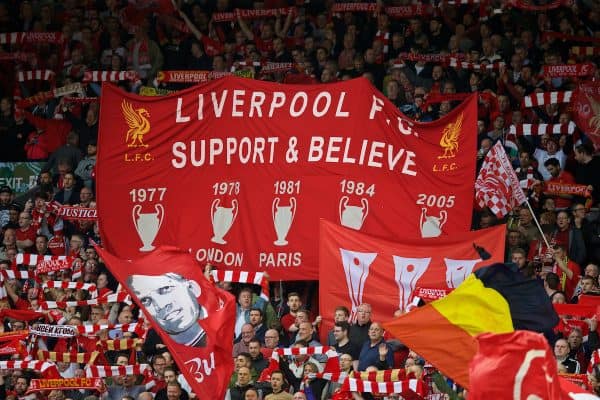

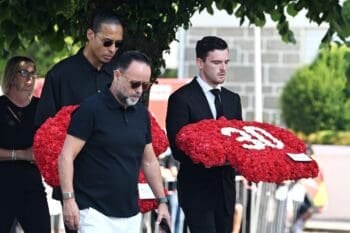
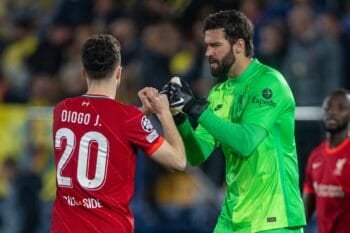

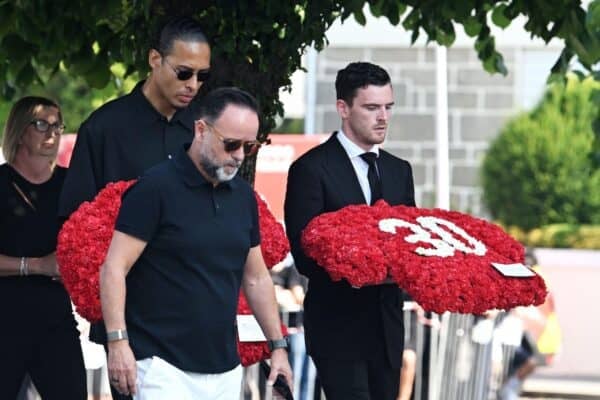
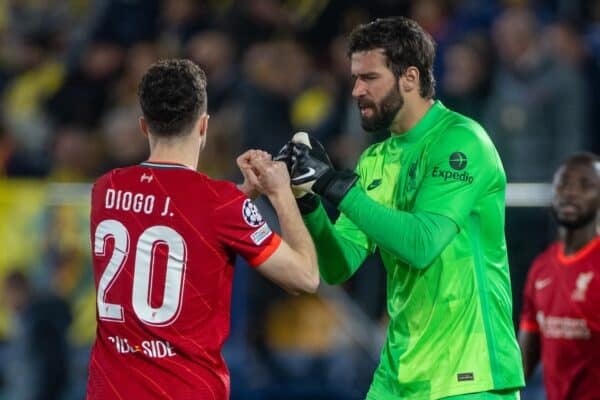
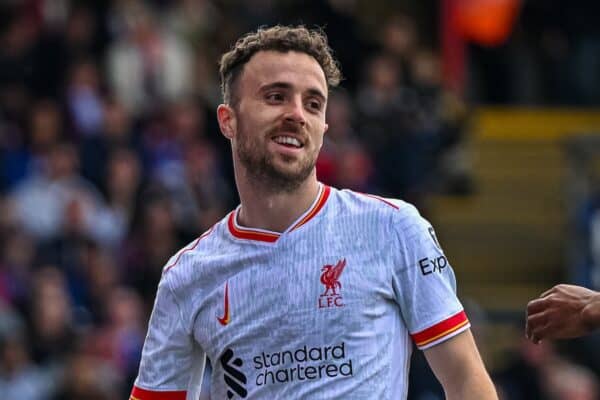
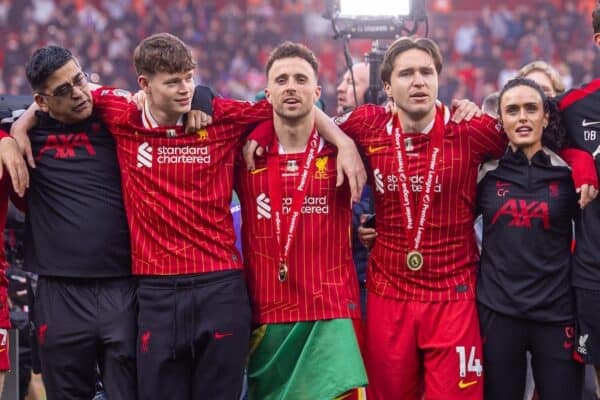
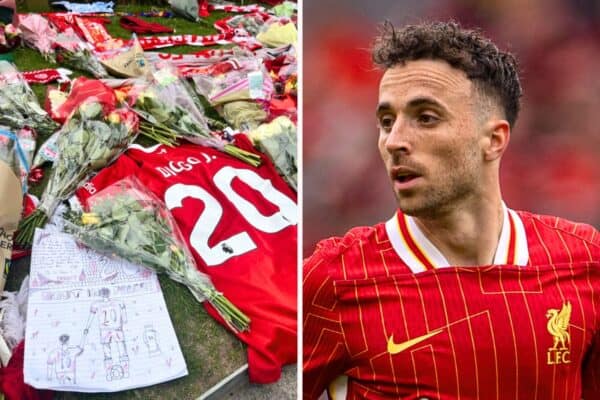


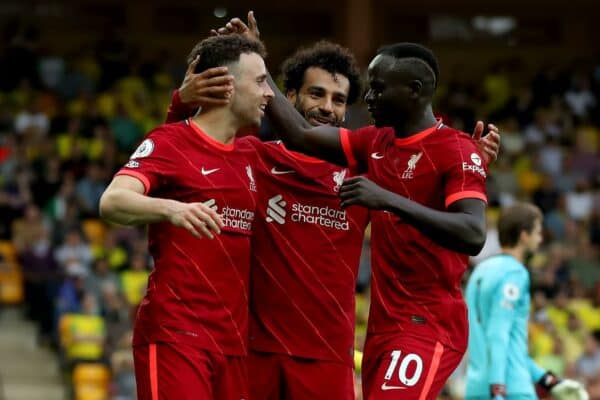



Fan Comments